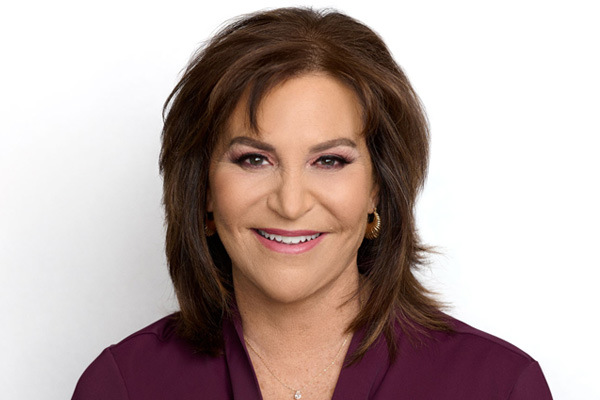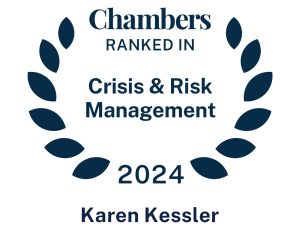If Elton John was right that “sorry seems to be the hardest word,” then it is no wonder why apologizing in today’s business environment is a minefield. The last years have seen a rush of executives and corporations publicly apologize for a myriad of misdeeds with the hope that a quick public apology will smooth the waters, limit the social media comments, and allow everyone to move on. But why is that goal rarely realized? Why is it so hard to know how to accept responsibility?
What does it say about our society that apologizing is now taught in business school? It shouldn’t take a course to know when you are wrong, and it shouldn’t take a course to know how to make it better.
The internet is filled with faux-pologies, non-pologies, poor-pologies and backfire-pologies. The lack of an authentic apology is usually far more damaging than silence, and the rush to apologize often leads to a series of sticky issues that take more time and more work to “unstick”.
Accepting Responsibility Means Focusing on the Recipient
As a firm that specializes in crisis communications, our world is filled with individuals and entities that find the need to apologize and accept responsibility for some action or comment that caused harm. Our first mission to have the frank and often painful conversation that the motivation behind that comment or action really is not and should not be the focus of an apology. An apology is intended to show the “victim” that you understand how they feel. Yet most of these tortured apologies focus on how the initiator felt when intentionally or unintentionally offending the colleague.
How to Accept Responsibility: A Few Tips for the Uninitiated
- A good apology is not a speech. Limit this to what was said or done. No one wants to hear or read a saga.
- A good apology is not filled with prepositions. But, if, aside, in case, etc. don’t justify what was done and only cause more pain.
- A good apology is authentic. Nothing rings hollower than words with no action.
- A good apology doesn’t address the feelings of the apologizer. Just apologize.
- A good apology doesn’t include “what I said”, “what happened”, or “the incident”.
- A good apology can’t be frequent. If this is happening often, are you in the right position?
- A good apology starts with “I need to apologize for”.
- A good apology doesn’t end with “we are good, right?”
Organizational Apologies Can Be Complex
When it is an organizational or corporate issue, there are many other factors to consider:
Who makes the apology? When do we issue it? Do we post it online? For how long? Should it be sent companywide? What if we offend others by sending it?
Often, the apology isn’t the period at the end of the sentence, so take a breath to think through the ramifications of the actions involved and try to achieve a level of parity between the offending action and the words used.
Call in Professional Help
Sometimes, knowing how to accept responsibility means knowing when you’re in over your head. If this is all too much to work through, call us. Don’t be sorry for needing help – no apologies needed!










